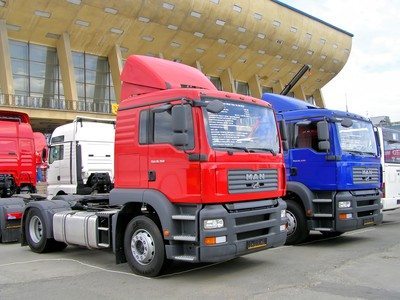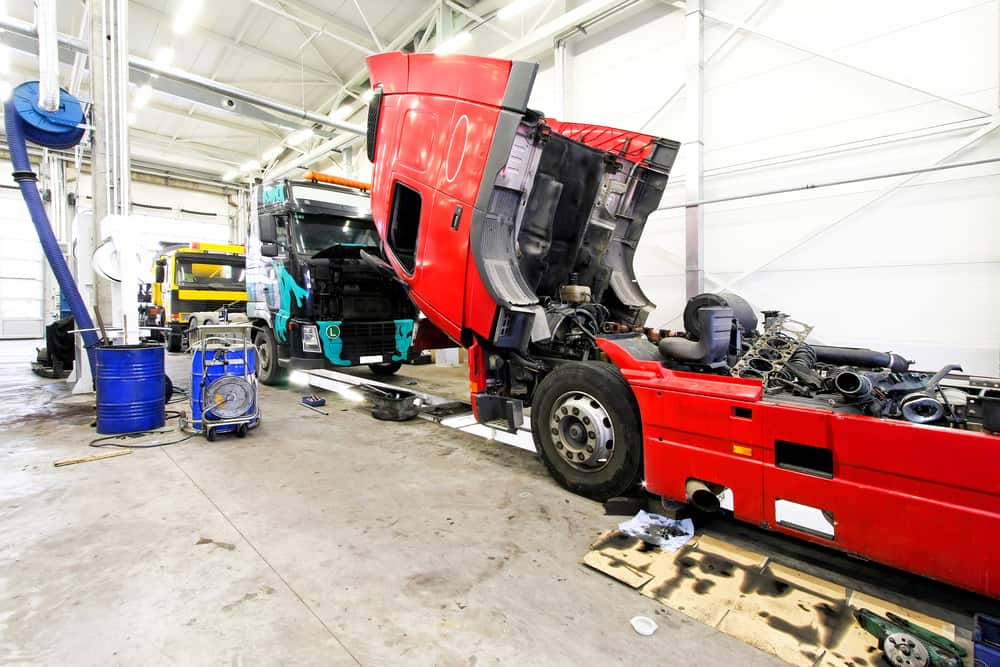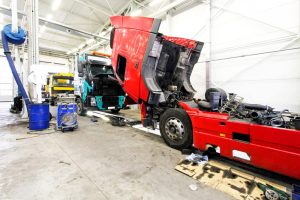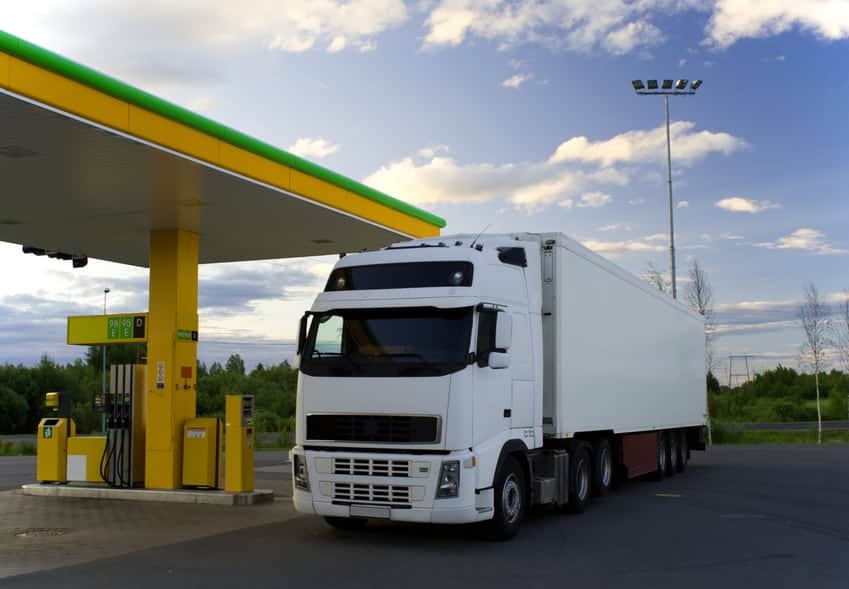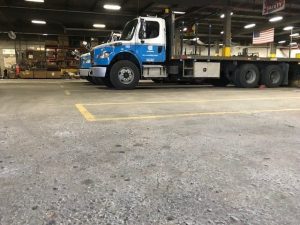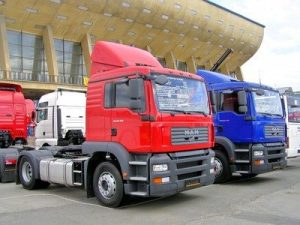
At the end of 2019, the electronic logging device (ELD) mandate will be fully in effect. The grandfather clause for older e-log devices will run out, at which point virtually all fleet drivers will need an FMCSA-compliant logging device.
Hours of Service rules cause a cascade of effects on the transportation industry. If you’re short on drivers or time, you’ll need to get creative. Using battery-powered terminal tractors that don’t require a CDL license offers one easy solution for time management.
Approved Electronic Logging Devices
The mandate includes several necessary specs for an ELD. The device must connect to the truck’s engine and know when the vehicle is moving, and it must be able to transmit data by USB, Bluetooth, or the web. Drivers can log their on-duty or off-duty status, but otherwise the whole tracking process is automated.
ELD Costs and Savings
Each device will set you back hundreds of dollars. Most are around $500, but they vary from about $200 to $800.
The FMCSA and industry groups both find that the ELD mandate will provide long-term cost savings. Reduced paperwork and fewer truck accidents will save more money than the initial outlay.
One wildcard to consider: if your drivers have been fudging their time sheets, adhering to the HOS rules might mean that you’ll need to hire more drivers or avoid wasting your CDL drivers’ time.
Save Time for ELD Compliance
Many drivers are only struggling with ELD and HOS compliance because they waste too much time in the truck at warehouses. Electric terminal tractors make it easy to tow trailers from the dock to the yard—so your CDL drivers can simply pick up and go.
Contact DJ Products to learn more about TrailerCaddy Terminal Tractors.
